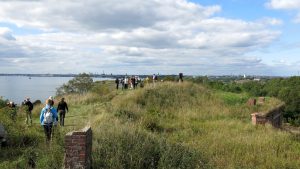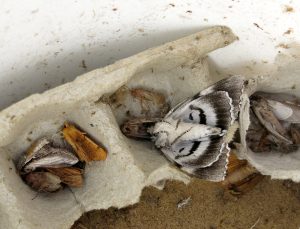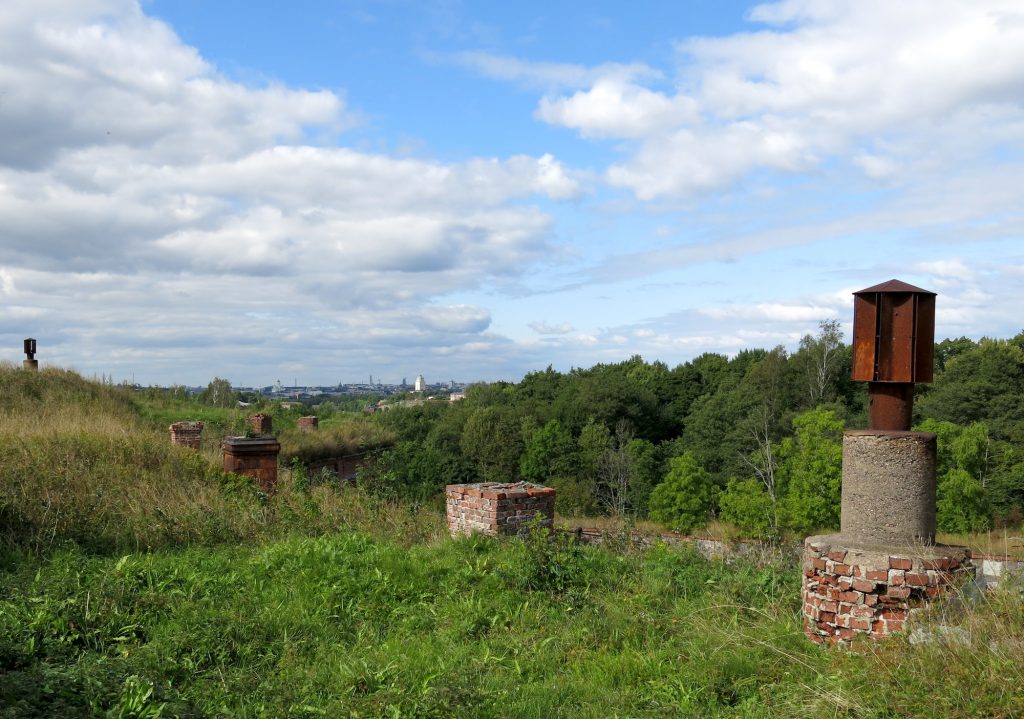Text and photos by Havu Pellikka
Dear readers,
Over the upcoming week, this blog will follow the activities of a bunch of people on a small uninhabited island, coming together to work on a pressing issue: tackling the climate crisis.
Each individual will bring to the island their personal skills and perspectives of our common world. We are a group of 20 artists, activists, researchers, and university students representing various disciplines: forestry, dance, meteorology, acting, dramaturgy, geophysics, light and sound design, and aerosol physics.

The work on the island will start from the very basics, covering the fundamental needs of food and shelter in our tent camp. There will be visiting lecturers and teachers, discussions, bat observing, and preparing the grand finale of the course, the Performance Action. What will be the outcome we do not yet know, but you can come and find out on May 26th, when the camp will be opened for visitors.
The camp will be located in Vallisaari, Helsinki, Finland, a former military island just a stone’s throw from the Suomenlinna UNESCO World Heritage Site. For a long time, Vallisaari (“Embankment Island”) provided fresh drinking water for sailors, supplies such as grazing land and firewood for the neighbouring Suomenlinna sea fortress, and acted as a base for pilots. Later on, under the Russian rule of the 19th century, fortifications were extended to Vallisaari itself.

In the 20th century, Vallisaari continued to serve the military as a storage area of weapons and ammunition. The human life on the island flourished around the mid-century, when it was home to some 300 people, a small rural community having its own school, shop, and cultural life, in addition to gardens and animals.

After the human settlement slowly disappeared, nature has been taking over the fortifications and other human traces on the island. The Finnish Defence Forces gave up the island in 2008 and it was opened to the public in 2016. Vallisaari boasts rich nature, having the highest diversity of species in all of Helsinki archipelago. This diversity is partly a consequence of human presence on the island, the meadows and other cultural landscapes as well as fortifications and caves providing many different habitats for life to thrive.
For 9 days, our group will be part of the web of life on the island, studying our place and role in the world where the human species keeps violating the planetary boundaries and ecosystems are crumbling as a result.
Welcome to follow our adventure!

